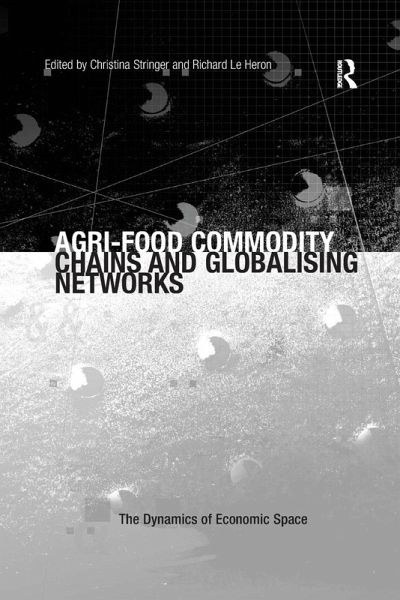
Agri-Food Commodity Chains and Globalising Networks
Versandkostenfrei!
Versandfertig in 1-2 Wochen
69,99 €
inkl. MwSt.
Weitere Ausgaben:

PAYBACK Punkte
35 °P sammeln!
Bringing together an interdisciplinary team of anthropologists, economists, business and management academics and geographers, this book examines a wide range of case studies illustrating various agri-food commodity chains and networks around the world and discusses how they link globally.




